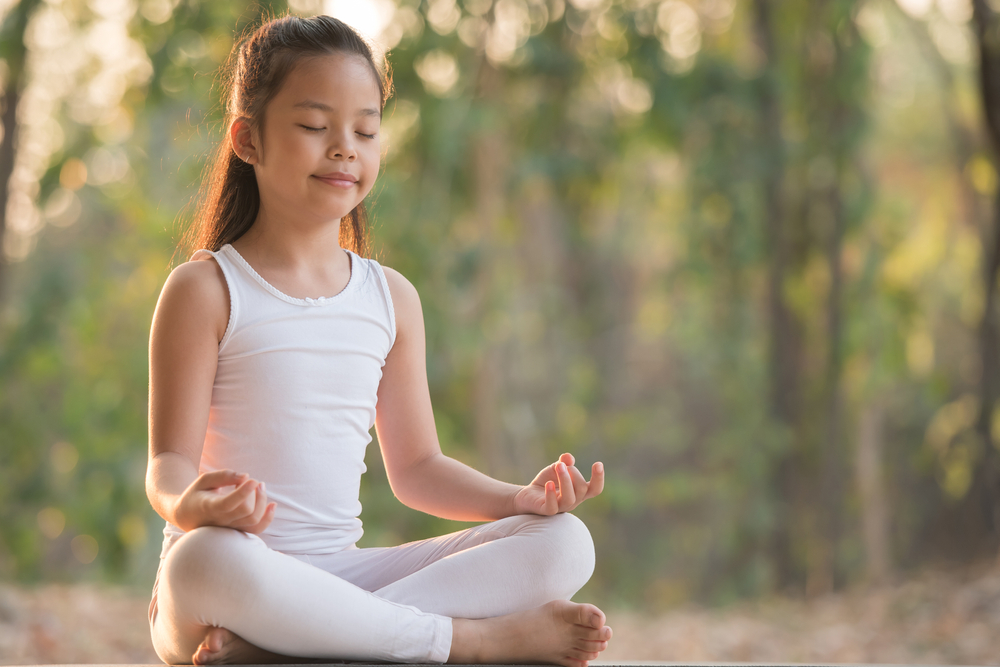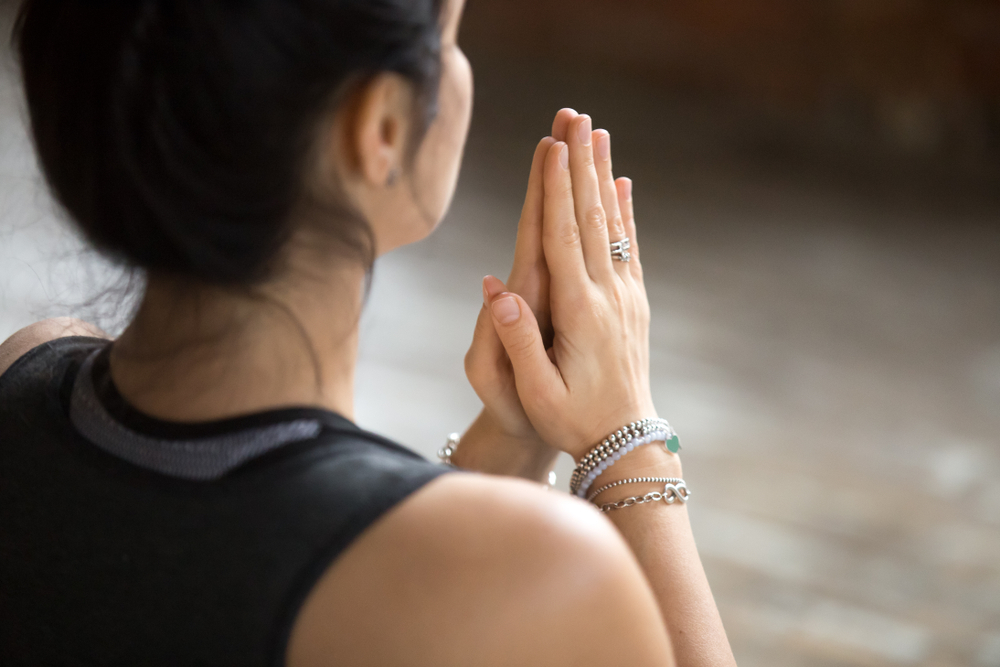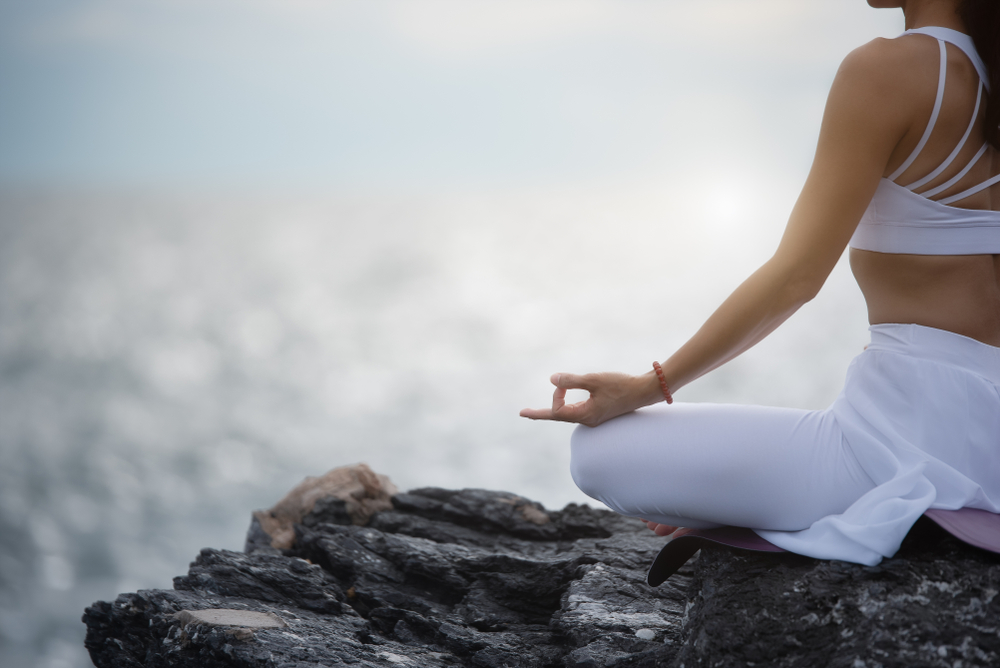It’s the first thing we do when we’re born and the last when we pass away. Indeed, your breath is not instrumental and symbolic, it’s also a powerful way to reduce anxiety and stress. Knowing how to use breathing exercises can create a difference in your life.
We’ve gathered 4 simple breathing exercises you can do that can impact your health and wellness.
Deep breathing exercises

Deep breathing helps relax the body and mind and alleviate tension. Whenever you do this exercise, your brain elicits calms and signals your body to relax.
Deep breathing can be done in a variety of ways. There’s belly breathing, roll breathing, morning breathing, and 4-7-8 breathing. If you are new to deep breathing exercises, you can get started on belly breathing first, as the last three are for more advanced practitioners.
How to do belly breathing:
Find a comfortable place to sit or lie down on. Once you’re settled, put a hand below the rib cage, the other on your chest. Breathe in deeply through the nose, and breathe out with pursed lips, allowing your belly to expand slowly. Do not use your chest. Do this for a minimum of three times.
Focused breathing

Breath focus, also known as pranayama or breathwork in yoga, consists of a series of controlled breaths that bring relaxation, present moment awareness, and focus.
How to do controlled breathing:
Find a comfortable place to sit or lie down on. Shut your eyes and take a few deep breaths from your belly, allowing both your belly and chest to inflate.
As you breathe in air, count to 2, then breathe out slowly to 2 as well. Once you’re comfortable with that length, you can inhale and exhale longer. Ideally, your out-breath should be twice as long as your in-breath. So if you breathe in to the count of 2, you should breath out counting slowly to 4; or breathe in for 4 seconds, then breathe out for 8 seconds, and so on.
As you do this exercise, it’s important to feel the air coming in and out of your body. Feel calm filling your body, and tension and stress leaving as you breathe out.
Do this entire cycle for about 10 minutes.
Equal parts breathing

This breathing exercise is just as it sounds: your inhale should be just as long as your exhale.
How to breathe in equal parts:
Find a comfortable chair or floor to sit on. Inhale through your nose while counting to five. Then exhale through your nose while counting to five. You may repeat this for as long as you like.
Progressive Muscle Relaxation

Recommended by doctors for easing chronic pain, anxiety and insomnia, progressive muscle relaxation involves tightening a specific muscle group and releasing the tension as you exhale.
How to do progressive muscle relaxation:
Lie down comfortably on the floor and begin with a few big, deep breaths. Then as you breathe in, tighten your feet muscles. As you exhale, release the tightening. Do the same steps for you calves, working your way up to the legs, belly, chest, fingers, arms, shoulders, neck, then finally, the face. Observe how you feel afterwards.
A few general tips for deep breathing techniques:

- Before you start, make sure you are in a comfortable place where you can relax, let go, and just be.
- Start slow and steady. Do not extend your inhale or exhale longer than you are comfortable, as this may make you feel dizzy and more stressed.
- Establish a routine. Try doing exercises at the same time, at least once daily.
- Put on something comfortable and moisture-wicking.




